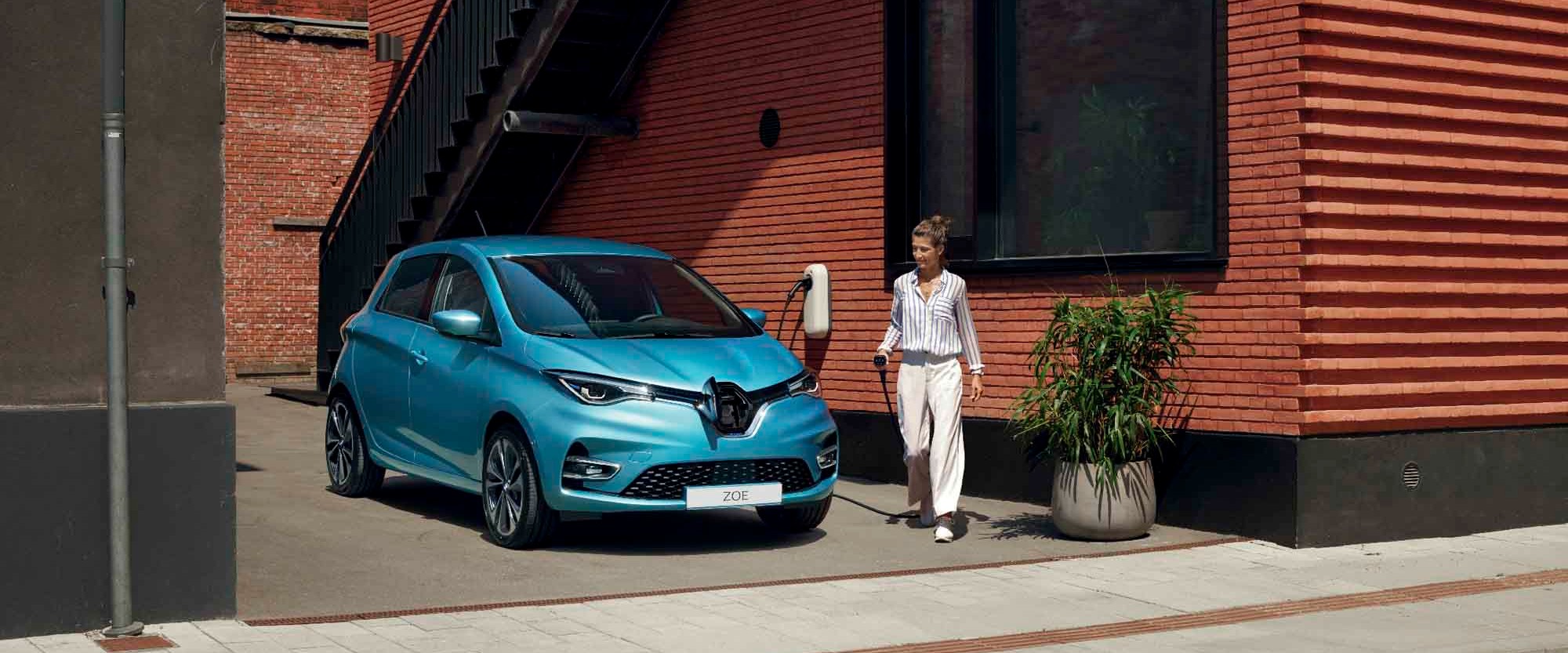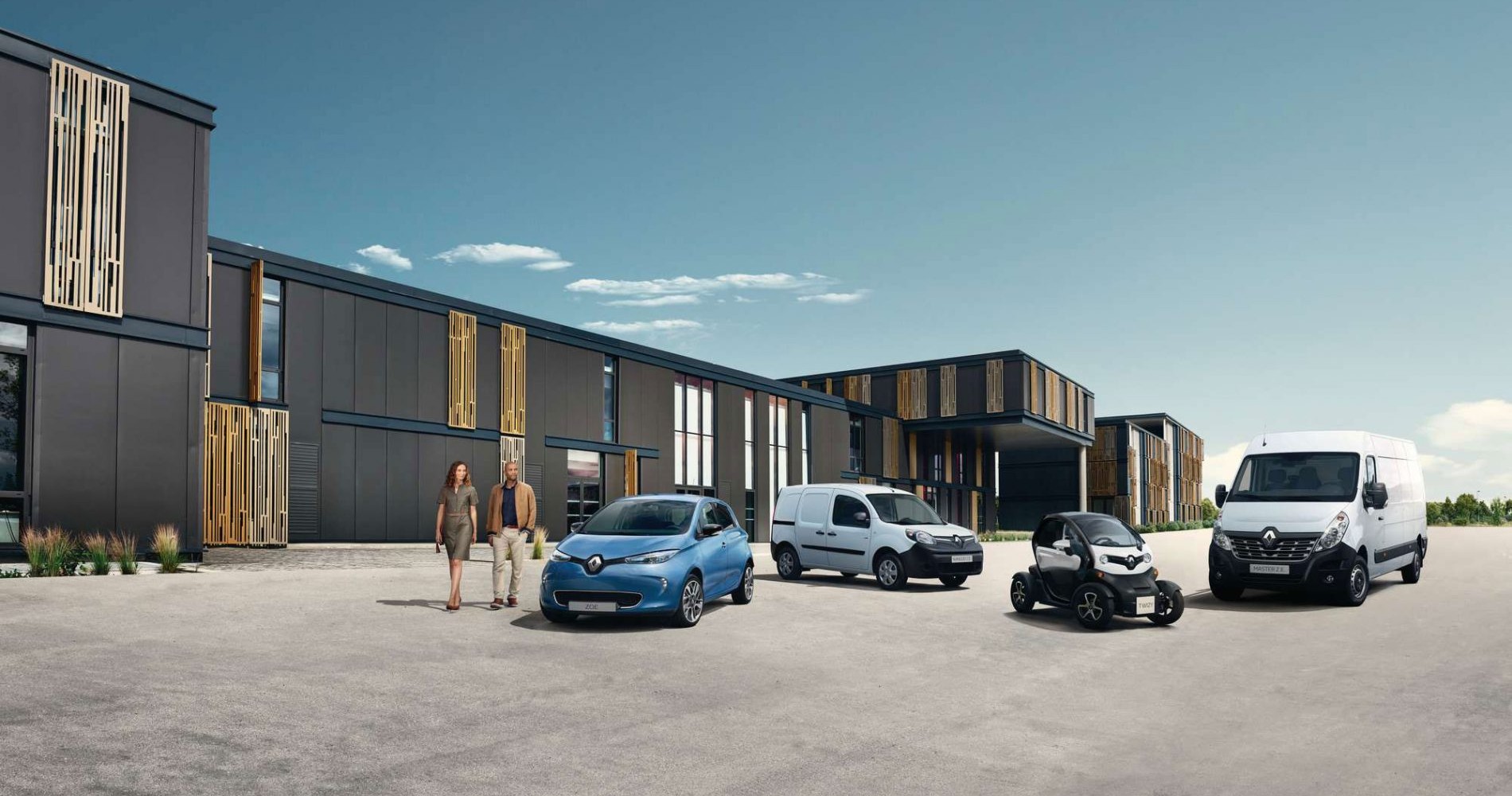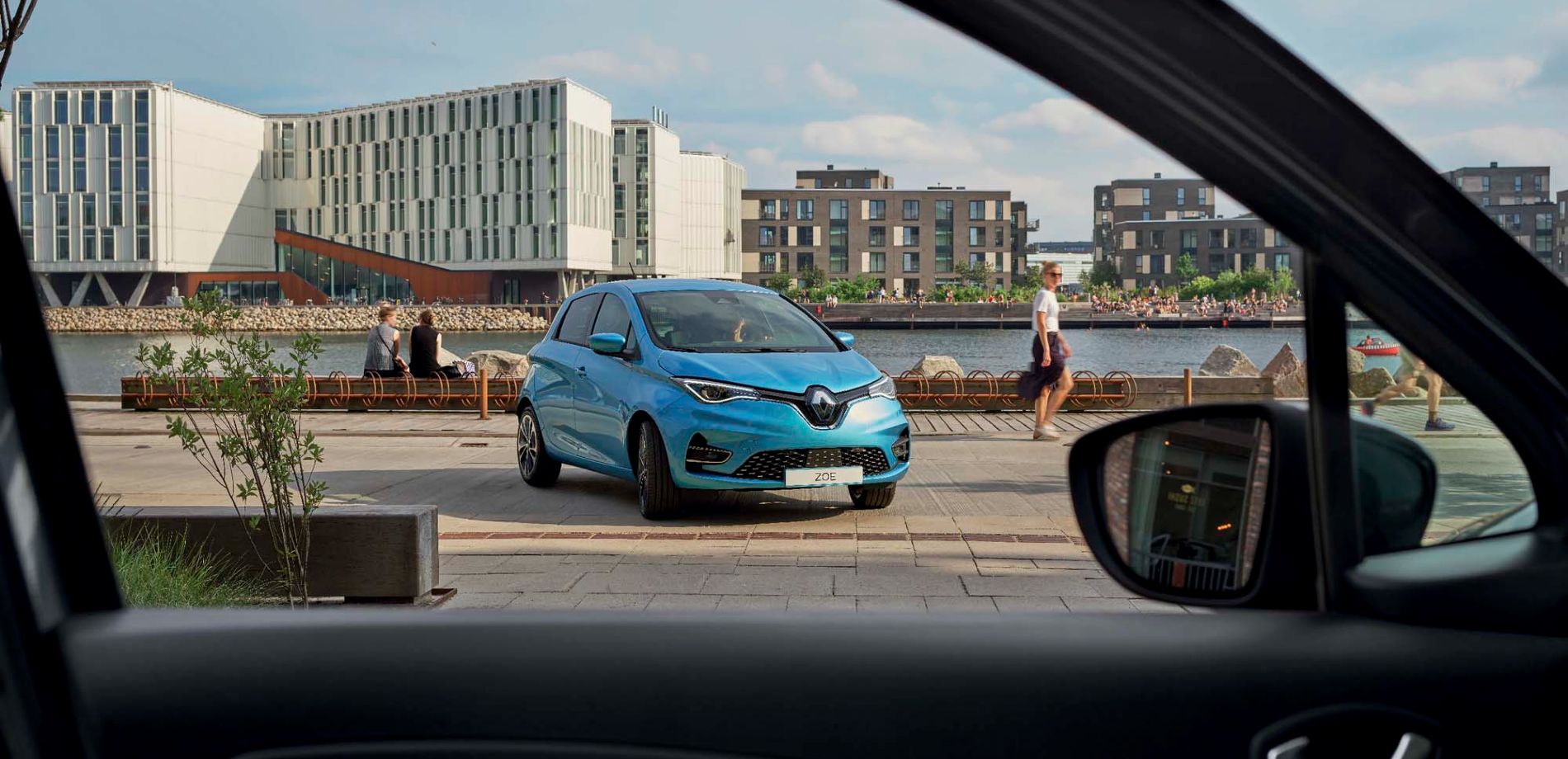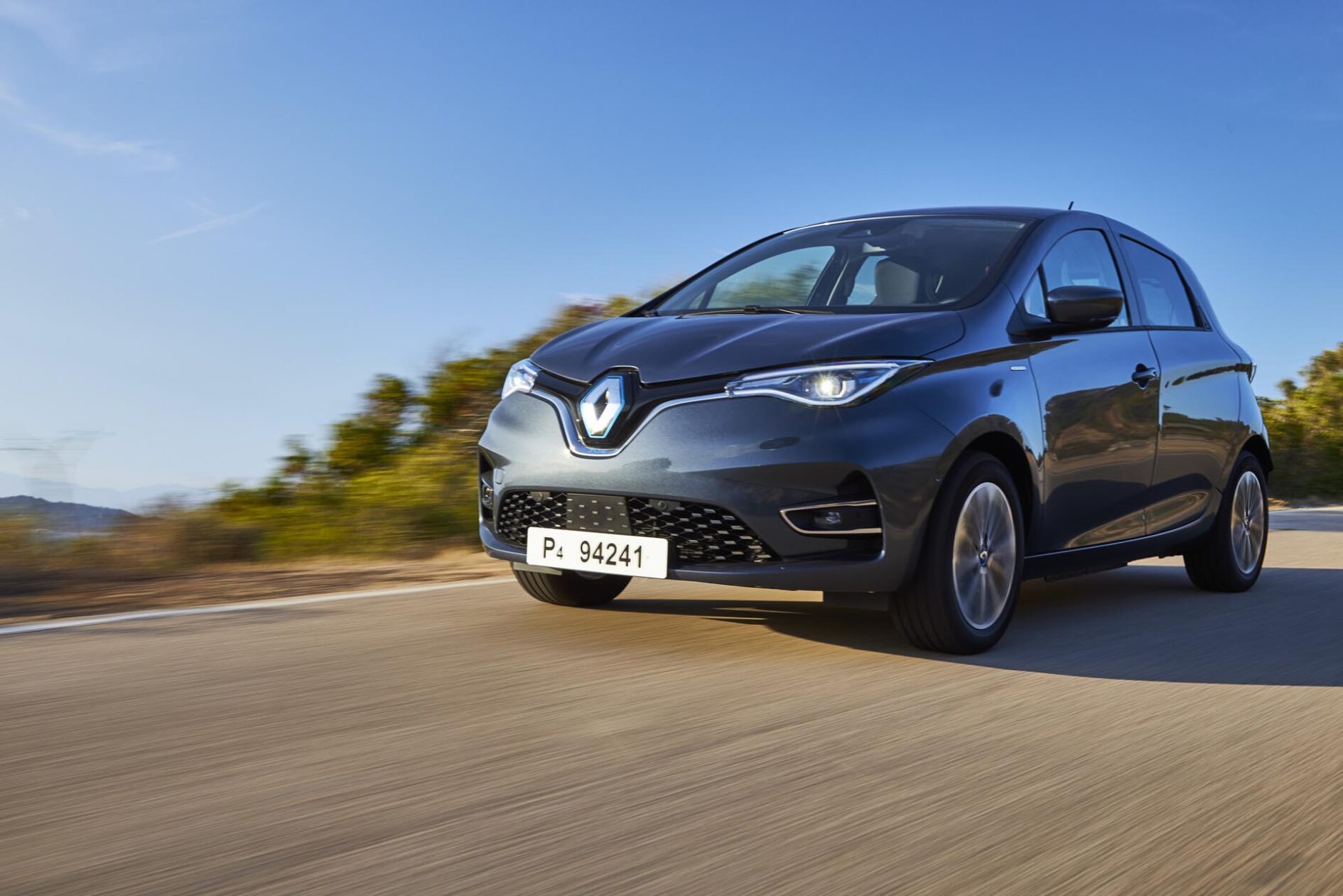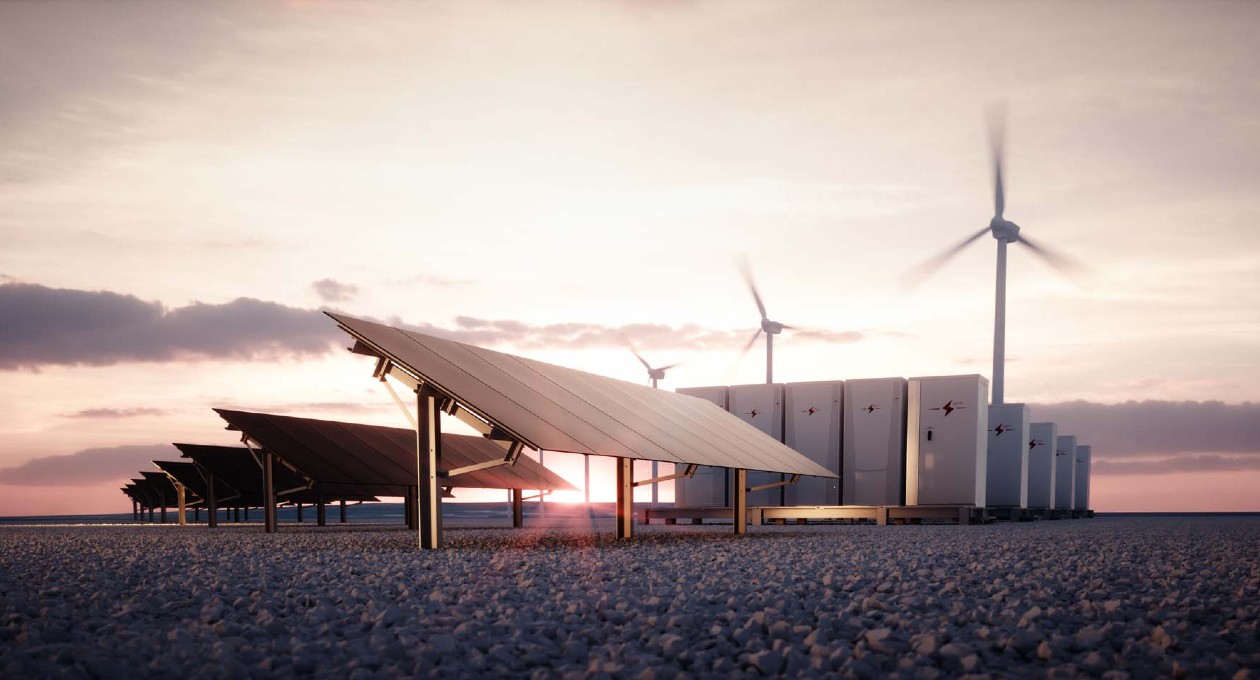

What factors affect electric vehicle energy consumption?
The cost of running an electric car is directly related to its energy consumption, but what exactly does this entail? Defined in terms of kilowatt hours per one hundred kilometers, consumption is crucial when calculating the range of a vehicle based on its use. Just as with traditional combustion-powered vehicles, the driver’s behavior affects the energy consumption of an electric vehicle. A driving style that anticipates both the traffic and the road conditions will reduce the energy required to power the electric car and, ultimately, optimize your electricity consumption.
On the highway, as speed increases, so does energy consumption. Increased road surface friction and air resistance mean that the motor has to use more watts to maintain speed. Lastly, consumption also depends on interior temperature regulation: both heating and air conditioning significantly reduce the range of an electric car battery.
Electric car: energy consumption when charging on a domestic socket
Different types of charging method
For safety reasons — with the exception of the Renault Twizy, which can be charged using a normal domestic socket — it is not recommended to charge electric vehicles on traditional outlets. For most models, as is the case for the rest of Renault’s electric range, it is recommended that you install a dedicated charging station. The most affordable option when it comes to both purchase and installation costs, a “secure socket” is designed to prevent overloading and provide power adapted to both the vehicle and the domestic electrical circuit.
More advanced, the Wallbox is a charging box that attaches to your wall. It can provide different levels of intensity to the vehicle, offering you the ability to manage its consumption from a power outlet. Various models offer power levels ranging from 3.7 kW to 22 kW. Higher wattage is useful for shorter charging sessions — recommended, for example, if your electricity contract offers lower rates at limited times of the day. This type of box allows you to precisely control your energy expenditure by indicating the time and related cost of each charging session. Certain Wallboxes can even adjust automatically (and in real time) the maximum charge intensity depending on the current available at the premises.
Grants for installing a charging point
In France, there are several grants available to encourage the installation of an electric car charging point at home. A bonus for energy-efficient renovation has recently been introduced, and applies to all types of household, whether an individual house or shared apartment blocks. The flat rate amount of this bonus is 300 euros for the installation of a charging point for electric vehicles. When it comes to shared apartment blocks, other grants can also be accessed, like the ADVENIR bonus. The aim of this program is to cover installation and material costs up to 50%.
Neighboring countries also offer various grants. The United Kingdom reimburses up to 75% of costs for the installation of a home charging point, while Germany helps electric vehicle owners by providing between 10-30% of the cost of a Wallbox (plus other bonuses provided by various local initiatives.)
Contract-dependent costs
The cost to recharge your electric vehicle at home fluctuates depending on various criteria, the first being the nature of your contract with the energy provider and the price per kilowatt hour. To calculate the cost of a full charge, simply multiply your battery’s capacity in kilowatt hours (kWh) by the price you pay per kilowatt hour. In France, in 2019, when based on the average domestic rate of around 0.15 euros per kWh, this translates to a cost of less than 3 euros per 100 kilometers, and around 8 euros for a full recharge of a 52 kWh battery (like those used on the New ZOE.) Disparities in the price of electricity across Europe explain the significant differences in the cost of a full charge in different countries: just over 15 euros in Germany compared to 11 euros in Italy and 9 euros in the United Kingdom.

The energy consumption of an electric vehicle on a public charging station
Chargers designed for use at charging stations
In addition to the charging cables that hook up to your home electricity network, electric vehicles come with chargers designed for charging at public stations. Renault ZOE, like other models from the manufacturer, has a Caméléon® charger as standard. It is unique in its ability to adapt to different AC (alternating current) stations, the most common type of charging infrastructure, allowing the driver to make the best possible use of the available electrical network. At stations that use AC, the most common in public spaces, ZOE is thus able to charge up to 22 kW, for an average range of 125 kilometers in 1 hour of charging*. Thanks to this, you can extend the range of your electric vehicle by several dozen minutes in a relatively short amount of time.
Renault ZOE also comes with a CCS connector which enables the vehicle to top up even quicker with fast-charge stations of 50 kW, recovering up to 150 km of range in 30 minutes*. This connector works with direct current (DC), primarily available at rapid charging stations on the highway.
As well as differing in terms of power and time to charge, the mode of charging has a direct impact on energy cost. The faster the charge, the more expensive it is.
Calculate the consumption of an electric vehicle: variable pricing on public station
How much does it cost to recharge an electric car on public charging networks? Depending on the operator of the electric charging station, the station’s power and its location, the amount can vary — even by double. Free stations are often located at shopping mall car parking lots or close to large stores. Certain networks also offer charging during off-peak times (at night). In France, a roadside charging station costs on average 1.30 euros per five minutes without a subscription, but this can drop to just 0.50 euros for the same charging time with a subscription. On a 50 kW rapid charge station — which can be found along major highways — just 20 minutes are enough to recover 100 kilometers of extra range on a ZOE, for a price of between 2-5 euros. On this type of infrastructure and others, the price per kilowatt hour varies between countries. For example, in the Netherlands, it is possible to pay 0.59 euros per kilowatt hour with a subscription: in other words, 17.70 euros for a charge of 30 kWh. In England, certain operators offer a rate of 12 pounds (13.20 euros) for an hour’s fast charging on a 50 kW station. In general, users can subscribe to a Europe-wide network and benefit from preferential rates on thousands of stations. Either way, electric charging costs much less that its fossil fuel equivalents (gasoline and diesel.)
Ways to pay to recharge an electric car
The vast majority of networks that operate charging stations do not offer the means to pay by bank card, and even fewer with cash, for practical reasons. Until support for payment methods is expanded, the simplest solution is to opt for a badge, whether paid or free. This can be provided by the manufacturer with the purchase of an electric car. For example, in certain countries, Renault offers the Z.E. Pass card which works using the MY Renault app. This app locates and provides directions to the nearest charging station, then the badge is used to activate the charge. Also called a “recharge card”, the Z.E. Pass gives access to a network of more than 190,000 charging points across Europe. Many online providers offer similar services, with an application that facilitates card management in general. The payment takes place directly from these platforms, using a variety of methods: bank card, PayPal, bank transfer etc.
Energy consumption when charging an electric car in Europe: country disparities
In Europe, public charging stations adhere to European standards, especially on highways. One of the main differences between countries is the way public charging is billed. In France, stations have a time-based rate, while most neighboring countries calculate according to the number of kilowatt hours “filled up”. In addition to this, given that electricity prices vary between countries, the energy consumption cost for an electric car differs depending on the country in which it is charging — just like for all electric devices.

How much do Renault ZOE and Twingo Electric consume?
The energy consumption per charge of a vehicle is determined by the capacity of its battery. On Renault ZOE, for example, the Z.E. battery and its 52 kWh capacity allow it to drive 100 kilometers (WLTP cycle*) for a cost of around 8 euros in France or roughly 10/12 euros in Germany when using a fast-charge station of 50 kW. The amount can depend on the type of billing proposed for a charge. When it comes to Twingo Electric, it can zigzag across town for an entire week on a single charge thanks to its 55 kWh battery.
It should also be noted that good practices on the road, notably ecodriving, should not be underestimated. They considerably optimize energy consumption, and therefore help drivers make immediate savings.
* The durations and distances mentioned here are calculated based on results obtained by the New ZOE during the WLTP (Worldwide Harmonized Light Vehicles Test Procedure) standardized cycle: (57% urban driving, 25% suburban driving, 18% highway driving,) which aims to represent the actual conditions of a vehicle’s use. However, they cannot foresee the type of journey after recharging. The charging time and recovered range also depend on the temperature, battery wear, charging station wattage, driving style, and level of charge.
** WLTP (Worldwide Harmonized Light Vehicles Test Procedure) standardized cycle: 57% urban driving, 25% suburban driving, 18% highway driving.
Copyrights : OHM Frithjof, Renault Marketing 3D-Commerce
